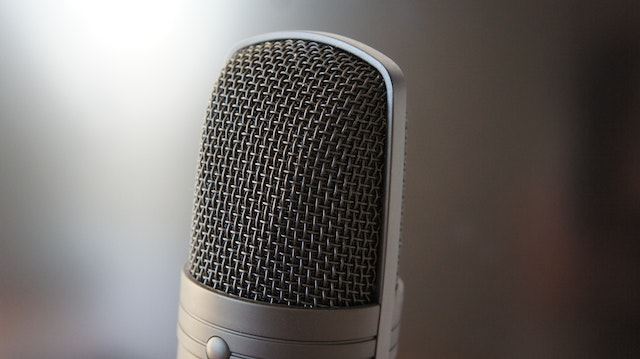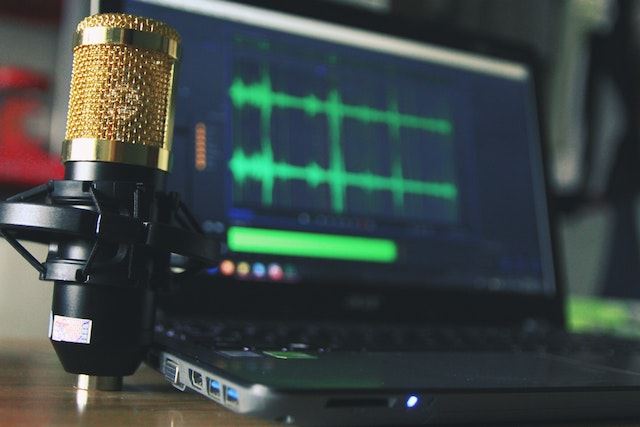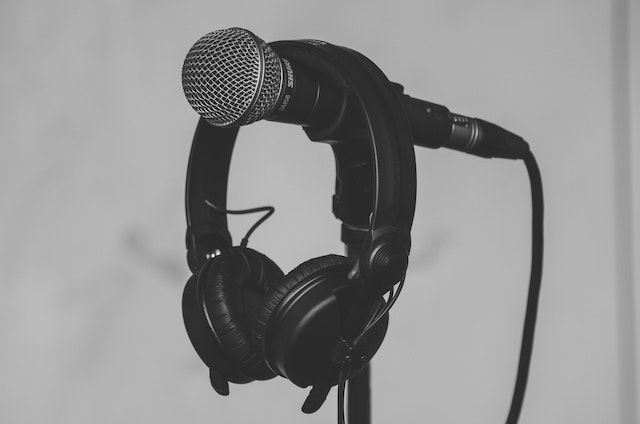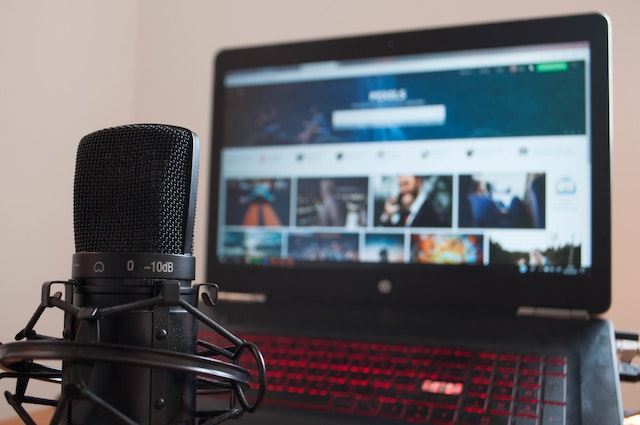Musicians and podcasters can attest to the benefits of owning an XLR microphone over a standard USB type. To fully understand the help of an XLR microphone over others, it's essential to understand the differences. Please continue reading to learn about what it is and why it's the ultimate choice for podcasters and musicians alike.

What is an XLR Microphone?
To some, a microphone is a device that allows them to communicate with others over the internet, amplify their voice on stage, or record their voices or music. While there are dozens of different types to choose from, the two main categories are XLR and USB mics for recording. So it's essential to understand the differences between the two to make the best choice for your chosen activities.
The XLR Microphone is a professional quality device that enhances the recording of audio content to optimal levels. The American invention was created in Los Angeles, California, by Mr. James H. Cannon, the founder of Cannon Electric. Since its original design, the microphone has undergone several evolutions to improve its quality and performance. It's experienced the test of time and emerged as a top pick by professionals who insist on the best quality in audio recordings.

What makes the XLR Microphone different?
The microphone is based on the XLR Connector, an acronym for Eternal Line Return. The technology is used in multiple applications in the entertainment business for enhancing lighting, audio, amplification, and other devices. The design features a circular housing between three to seven pins versus the traditional three-pin design of most audio devices for negative and positive polarity and the chassis ground.
The additional pins fortify the cables and allow large electrical currents to pass more effectively throughout the audio devices in a cleaner manner. This describes the structure of the XLR system. When applied to the analog XLR microphone, the device requires an audio interface between the microphone and the recording device to regulate and moderate the current flow. In addition, the interface provides the vehicle for the XLR to function as a digital microphone compatible with computerized audio recording.

What are the Advantages of XLR Microphones?
XLR microphones offer the benefits of adaptability as they are routed through an audio interface. It gives the user a range of customization features to make preferred sound enhancements and adjustments as necessary. The design and construction make them more robust and durable than other microphones. They last longer and hold up better under frequent and intense use. When a component wears out, they're easy to replace to maintain pristine working order. To summarize the advantages of XLR microphones, they're premium quality in build, deliver professional quality audio, and serve various purposes from musical recording to podcasts.
Disadvantages of XLR Microphones
Although XLR microphones fall into the high-end audio equipment category, a few drawbacks are associated. First, they're less portable than USB microphones, requiring an audio interface to function correctly. Second, it takes some work to make the proper adjustments to achieve the optimal sound. Third, they're also more expensive than USB microphones, and the investment in the interface and, in some cases, a phantom power source drives the setup cost higher than other microphone types. Third, XLRs need more portability of different mics and take longer to set up. Third, they require a more significant initial monetary and time investment to reap the benefits.
Why Would You Need an XLR Microphone?
XLR microphone technology is constantly changing, and it's continued to evolve throughout the years. The XLR has come a long way in producing sound quality by adding synthetic components, which are more suitable for maximizing power and channeling audio signals. It works in sync with digital recording devices to limit distortion and deliver pure, quality sound. If you're a podcaster and recording sessions, an XLR microphone delivers the best possible audio quality on the market today. In a digital age, when most speakers and artists rely on digital recording systems, the XLR has become simpler and plugged into digital recording techniques for a modern sound. Adding an audio box interface takes a few seconds to set up and offers many options for customizing the sound.

They're upgradable
When starting the recording business, whether providing a service for others or recording your content, why not start with top-of-the-line equipment? The XLR and its audio interface allow you to start small with quality gear and continue adding more microphones if you purchase an audio interface with several inputs. If you're planning to record content with plans to share it with clients, fans, or the general public, there is no substitute for quality audio. If you're a podcaster and plan to feature guests, the audio interface allows room for a second XLR microphone. You can lay the foundation for a professional recording setup and continue to build with premium XLR technology. It's a format that allows you to expand and update as your business grows.
What are the benefits of USB Microphones?
USB microphones are dynamic or condenser microphones that feature a built-in analog-to-digital converter. The benefit of XLR mics is that no audio interface is required for operation. Instead, they're a convenient plug-and-play device with greater portability. There's less setup time and expense required. They're a step upward from the majority of computer-integrated microphones. They're easier to use than XLRs because there's nothing to set up as a conduit. While they're cheaper and faster to set up, USB microphones are not upgradeable. This is the main downside of using USB microphones if you can use XLR mics instead. So while you can get decent quality in recording, USB Mics do not afford the flexibility of XLRs, as there is no audio interface available for sound customization.

Which Microphone Type is Better?
Comparing USB microphones with XLR mics is like comparing apples with oranges. Both are good microphones, but each performs better under different conditions. If you're an avid gamer, the USB microphone is preferred because of its convenience and lower costs. Most gamers would not need to purchase an XLR mic for in-game communication. It would take longer to set up. USB mics are more suitable for this type of activity. They're also a good choice for informal chats over the internet. Some models of USB microphones even come with a mute button. It is convenient when you want to take time out during the game or other conversation. These mics are also lovely for some types of streaming situations where portability is necessary.
The XLR microphone is a far better option for professional speakers and musicians who value quality over convenience or cost-savings. There is no substitute for the ability to customize the quality of sound can. For example, you can alter the settings and add-on components to meet the highest standards for any vocals or musical instruments or make voiceovers.
Who is the XLR Microphone Best For?
Professional musicians, singers, actors, podcasters, and anyone involved in professional entertainment or journalism can benefit from the advantages of XLR microphones versus USB types.
Experts in professional audio technology encourage consideration of XLR mics based on their six advantages. The level of versatility is far more significant than USB mics. You can use them with or without digital technology. In essence, you're not chained to a computer. The quality of sound you achieve is superior, with marked clarity and sharpness over USB types. You can change the internal components easily and customize the audio effects. XLR mics are a better choice when multiple microphones are needed, and they produce a more finished and professional result

Final Thoughts
If you're a casual gamer and enjoy chatting with friends and family online, a cheaper and more convenient USB microphone may be the best choice. For others who work as professionals in podcasting, journalism, singing, theatrical productions, or other musical ventures, you need an XLR microphone to achieve professional-quality sound when you perform or make recordings. The technology is highly adaptable and flexible, allowing you to adjust or switch components within the microphone.
You can create a more customized sound with clear and crisp audio with a more polished sound for your audience. Although the XLR mic requires an audio interface box, you can choose from units that allow the addition of multiple microphones for growth and expansion as you grow your business. The quality of your finished product sends a message to your listeners. It tells them you care about the details and work hard to deliver premium quality for their enjoyment.